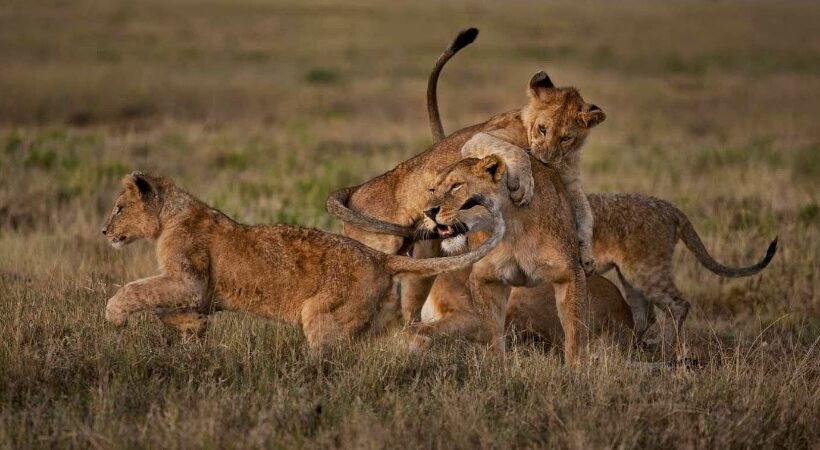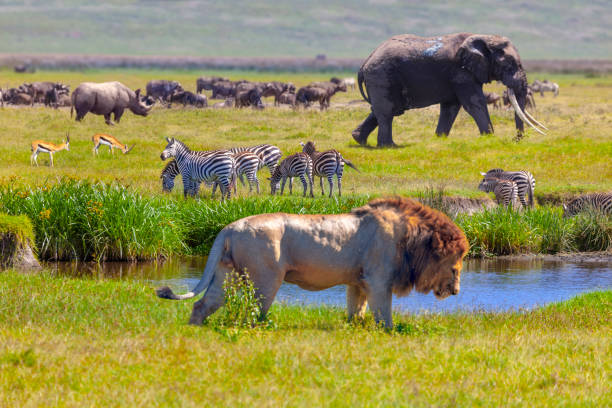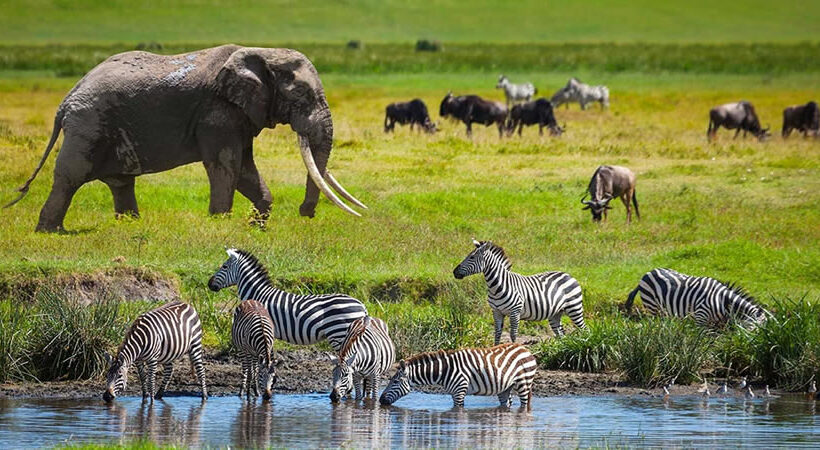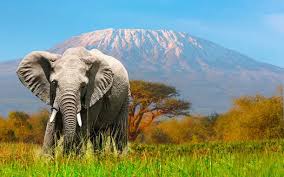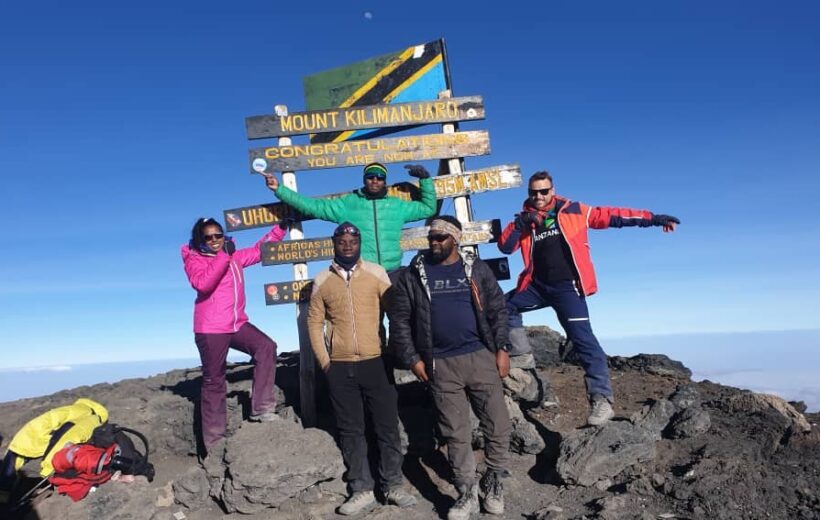- +1 (255)-677-040-011
- info@mercyyetusafaris.com
- Arusha, Tanzania
Tarangire National Park
Tarangire National Park: Where Wildlife Roams Free Amidst Baobab Giants
Nestled in the heart of Tanzania, Tarangire National Park stands as a testament to the untamed beauty of African landscapes. Spanning over 2,850 square kilometers, this enchanting haven is renowned for its diverse ecosystems and iconic baobab-studded landscapes. Home to a rich tapestry of wildlife, including elephants, lions, and a myriad of bird species, Tarangire offers an immersive safari experience like no other. The meandering Tarangire River, a lifeline for the park's inhabitants, enhances the picturesque scenery and provides a backdrop for unforgettable encounters with nature. Embark on a journey through this wildlife sanctuary, where every turn reveals a new chapter in the captivating story of Africa's natural wonders.
About the
Tarangire National Park
Tarangire National Park was created in 1970 and is the sixth largest park in Tanzania. It takes its name from the large Tarangire River that dissects the park in two, almost vertically. Tarangire means ‘River of warthogs’ as the native people of the area used to hunt warthogs along the river.
Tarangire National Park with its typical African scenes is a great place to go on safari. Its main attractions are:
- The enormous herds of elephants
- The thrill of going on a night safari
- The gigantic baobab trees dotted around the landscape
- Incredibly diverse wildlife
- Going on a walking safari
- One of Tanzania’s best bird watching destinations
Huge families of elephants are what make Tarangire such a delight. Watching these majestic animals is fascinating. Little ones learning how to use their trunks, always guided and protected by their mothers, sisters, and aunties, young bulls wrestling, matriarchs expertly spraying themselves with mud, solitary big bulls ambling through the vegetation. People often end up watching for hours. It’s true that an elephant never forgets, and you will not forget Tarangire National Park’s enchanting ellies.
Night drives are an incredible chance to see what hides amongst the shadows. Tarangire is one of only 2 national parks where it is possible to go on a night safari. See what goes on after dark when aardvarks, owls, honey badgers, civets, bush babies, and porcupines come out to play.
Tarangire National Park is the land of giants. Literally heaving with huge baobab trees, these massive towering sentinels loom over the park’s animals. The thousands of termite mounds also add character to the scenery, as old abandoned mounds become new playgrounds for mongoose and birds. Tarangire National Park certainly provides you with some spectacular African scenery to enjoy.
Attracted by the fresh waters of the Tarangire River during the dry season, this is where all the action is. Thirsty creatures love to hang out at this refreshing watering hole. It’s the sheer concentration of animals big and small that ensure every game drive is incredibly rewarding. And as one of the hidden gems on the northern safari circuit, the lack of masses of tourists makes the drives even more pleasant!
Walking safaris bring you back to nature, you are more aware of your surroundings and everything becomes exciting. Seeing animals without the physical barrier of a car around you is a totally different experience and one well worth the effort. In Tarangire National Park you can spend a few hours exploring on foot, or even several days out in the bush. Definitely one to add to the bucket list.
With around 500 bird species recorded in Tarangire National Park, it is one of Tanzania’s best birding destinations. In the swamp area you can find the largest number of breeding species in one habitat anywhere in the world. It is a true mecca for all bird lovers. The migratory birds are around from November to April.
Fly to Tarangire National Park
There is one airstrip (Kuro) for Tarangire National Park that is served by flights from Dar es Salaam and Arusha. Kuro airstrip is perfectly located for accommodation in the southern region of Tarangire National Park.
Alternatively, you can book your flight to Arusha or Kilimanjaro International Airport and drive from there.
Drive to Tarangire National Park
From Arusha town, it takes around 2hours to drive to Tarangire National Park. From Kilimanjaro International Airport it would take approximately another hour as you need to drive towards Arusha first.
The cool, dry months of spring from June to October and the hot and dry summer months of December to February are the best times to visit.
High season
High season in Tarangire National Park is in the dry months from July to November. This is when the park is full of wildlife and the famous huge herds of elephants can be found roaming the area. Other animals including large herds of wildebeest, zebra, and antelopes are also attracted by the river.
Low season
Most people assume that the wet season is not a good time to visit Tarangire National Park, but many animals remain and in recent years even the elephants are sticking around. Possibly as venturing outside the park boundaries is less safe due to poaching.
Best time to see lions in Tarangire National Park
Surprisingly the wet season is also a good time to find lions more easily than in the dry season as they tend to stick to the roads. They might find the tall grass too much hard work.
Best time to see birds in Tarangire National Park
The bird life is incredible year-round, but from November to April the migratory birds are added to the already large number of birds in Tarangire National Park. This means keen bird watchers should try to time their visit from December to June.
Best time to see herds of grazers around the Tarangire River
From July to November you can find large herds of animals, including elephants, zebras, antelopes, wildebeest, and buffalo, near the Tarangire River, a life source during the dry season. They migrate into the park as the Tarangire River is the only permanent water source in the area.

